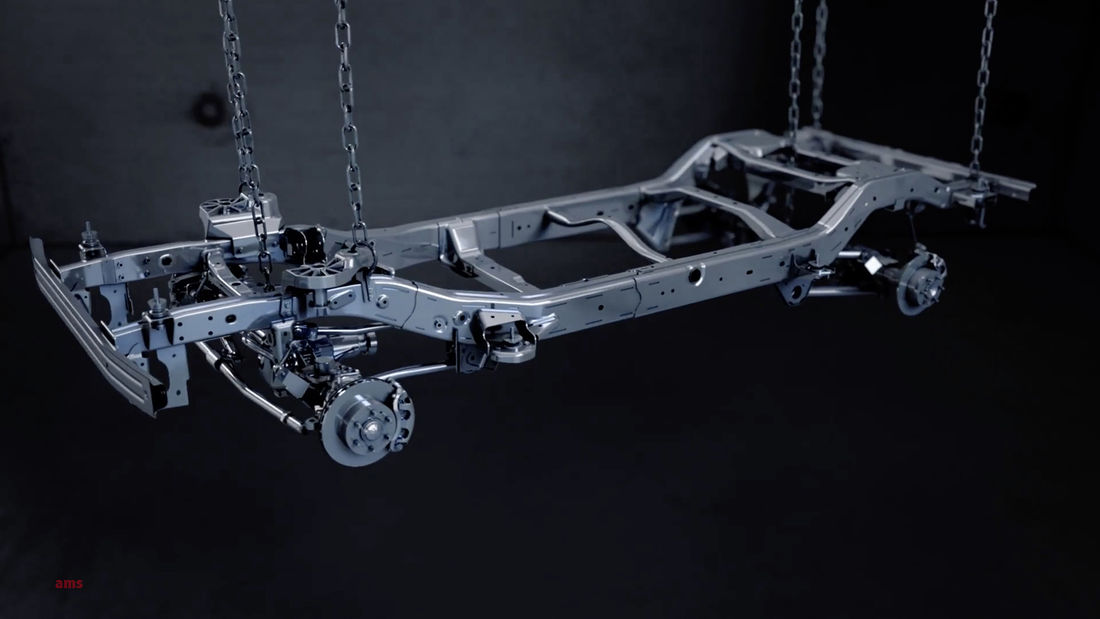Hello,
so i recently seen a Ineos Grenadier next to the original LR Defender and from a first look the vehicle does look much more solid in built, not only the quality of the interior, but also the axles and the chassis. But since i do not own one i cannot measure the frame rails myself.
However i did measure the LR Defender i owned for a while (of course) and also the LR Disco 3/4 i owned after, so maybe can hel for comparision:
Defender: 185x70x2mm
Disco 3/4: 165x65x3.5mm
so the Defender used to have quite big frame rails, but also really thin metal.
Some other cars of similiar size&weight class for comparision:
Patrol Y61: 170x70x3.5
G-Wagon 155x75x3-4 depending on place
Land Cruider 80: 150x60x4
Land Cruiser 200: 185x90x3.2 (so this is so far the kind of this group, only HD US trucks have bigger, but are way larger vehicles)
Would be interesting to see where the Grenadier sits compared to the rest of the pack!
Kind regards,
Marcus
so i recently seen a Ineos Grenadier next to the original LR Defender and from a first look the vehicle does look much more solid in built, not only the quality of the interior, but also the axles and the chassis. But since i do not own one i cannot measure the frame rails myself.
However i did measure the LR Defender i owned for a while (of course) and also the LR Disco 3/4 i owned after, so maybe can hel for comparision:
Defender: 185x70x2mm
Disco 3/4: 165x65x3.5mm
so the Defender used to have quite big frame rails, but also really thin metal.
Some other cars of similiar size&weight class for comparision:
Patrol Y61: 170x70x3.5
G-Wagon 155x75x3-4 depending on place
Land Cruider 80: 150x60x4
Land Cruiser 200: 185x90x3.2 (so this is so far the kind of this group, only HD US trucks have bigger, but are way larger vehicles)
Would be interesting to see where the Grenadier sits compared to the rest of the pack!
Kind regards,
Marcus

